6 Solutions for Eustachian Tube Dysfunction
The Eustachian tube isn’t very large, but it can cause huge problems when it is not functioning properly, such as dizziness, pain and other issues. While these symptoms can be treated, often, we’ll need to help you address the underlying cause to gain long-term relief.
What is the Eustachian tube?
The Eustachian tube, which connects your middle ear to the back of your nose, is responsible for ventilating your middle ear and equalizing the pressure between your ear and the environment. It also protects it from pathogens and drains fluid. If the Eustachian tube is blocked or isn’t working properly, it causes problems.
What are the symptoms of Eustachian tube dysfunction?
Symptoms include:
- Pain
- Feeling of fullness in the ear
- Ringing in the ears (tinnitus)
- Difficulty hearing
- Dizziness or balance problems
If not treated in a timely manner, it can cause extensive damage to the middle ear and ear drum.
What causes Eustachian tube dysfunction?
There is no single underlying cause—we’ll need to evaluate your symptoms to determine the source of your problems. However, some of the possible causes are:
- Swelling
When the tube’s mucus lining swells, it can’t drain fluid. This inflammation is often caused by an upper respiratory tract infection or allergic rhinosinusitis.
According to research published in the Health Technology Assessment Medical Journal a misaligned nasal septum can cause Eutachian tube dysfunctions.
- Horizontal Alignment
Children have Eustachian tubes that are more horizontal than those found in adults. As a result, it’s more difficult for it to drain properly, which can lead to chronic ear infections and other problems.
6 Solutions for Eutachian Tube Dysfunction
1. Treat the disorder causing inflammation
If rhinosinusitis is to blame, treating the underlying infection can alleviate problems with the Eustachian tube.
2. Pressure equalization
The Eutachian tube can be reopened by raising nasal pressure. This is accomplished by exhaling while having your mouth and nose closed.
3. Allergy testing and treatment
Often, these are the underlying causes of problems that create issues with the Eustachian tube. By testing for common allergies and utilizing immunotherapy, we can rid you of annoying chronic allergies and by doing so, resolve Eustachian tube problems.
4. Myringotomy (ear tube placement)
If fluid in the middle ear is unable to drain, it blocks the Eutachian tube, compounding your problems. Through this outpatient ENT surgery, we make a small incision in the eardrum and place a pressure equalization tube in it to allow fluid to escape. As a result, it not only resolves chronic earaches, but Eustachian tube problems as well. As the eardrum heals, the tubes eventually fall out on their own. In addition, we also offer ENT surgery in our office for tubes to be placed in adults.
5. Intranasal steroids
These medications reduce inflammation, which allows the Eustachian tube to open, drain fluid and equalize ear pressure. However, these medications should not be used long-term. We’ll review this course of treatment with you to determine if it right for you.
6. Antihistamines
These reduce your body’s reaction to allergens, reducing inflammation.
We’re here to help relieve the pain and inconvenience of Eustachian tube problems
When you have an earache or you’re fighting dizziness, even regular, day-to-day activities can be a struggle. We’ve assembled the most accomplished ear, nose and throat doctors in the Raleigh area to provide world-class care to help you get better. Contact us for an appointment.
Raleigh Capitol Ear, Nose, and Throat is the area’s premiere physician-owned ENT practice with six convenient locations throughout Wake County. Our board-certified physicians have extensive experience in treating both common and complex cases to help adults and children alike. For more information or to schedule an appointment, contact us.
Sources:
Llewellyn A, Norman G, Harden M, et al. “Interventions for Adult Eustachian Tube Dysfunction: A Systematic Review.” Health Technology Assessment, No. 18.46. NIHR Journals Library; 2014 Jul. Online.





